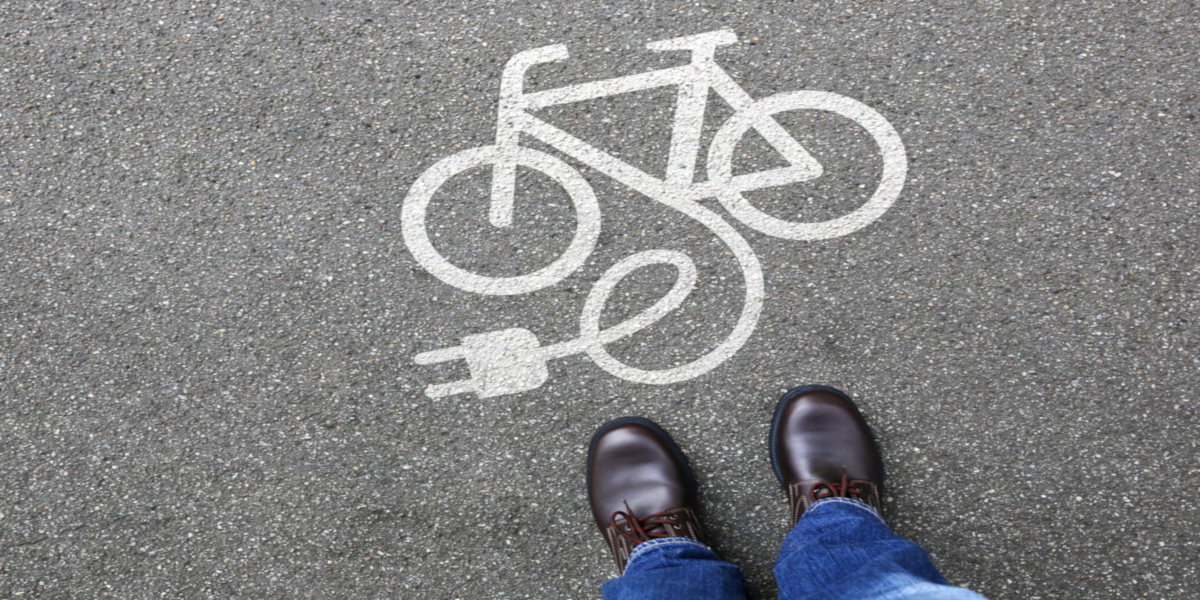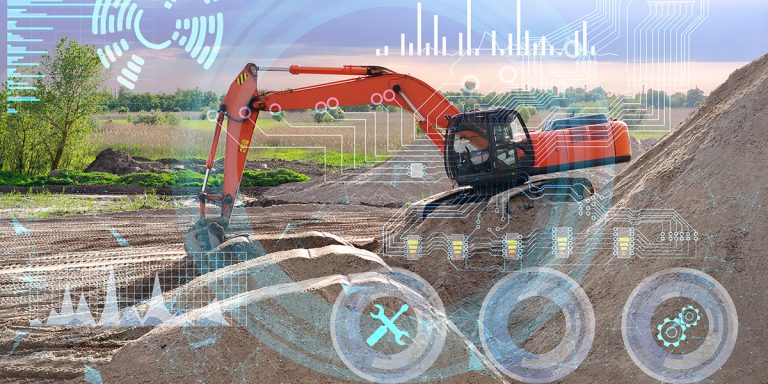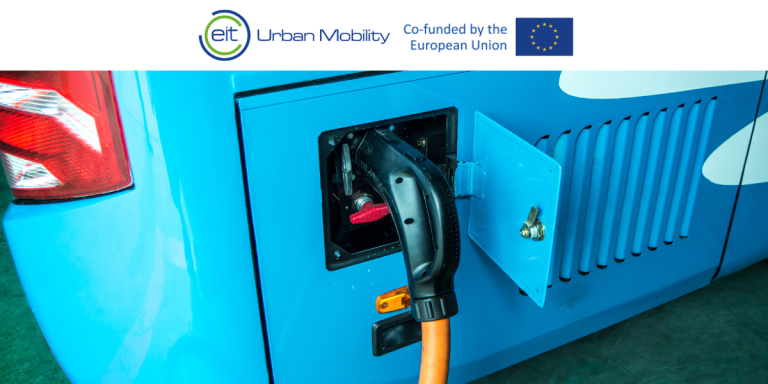....is opening up new horizons in the e-bike industry. The arrival of an experienced and innovative electronics company like ACTIA in the bicycle industry is opening up new horizons. By enabling the bike’s behaviour to adapt to the cyclist’s behaviour and environment with virtually no limits, the bike becomes a natural extension of the person, without them needing to be a top athlete. From now on, the bike adapts to the cyclist, not the other way around.
The components of e-bike performance
The electronic performance of e-bikes is characterised by various components ensuring the transmission of energy and information. The hub motors (HUB), the crank drive motors (MID), which incorporate many functions, and the batteries built into the frame (IN TUBE) allow a great deal of design freedom.This is a vast playground for ACTIA, which has more than one string to its bow for offering e-bike kits with a high level of customisation.
Mechatronic customisation of the e-bike
Electrically assisted bicycle technology is developing rapidly, which is why cyclists’ needs and requirements are becoming more and more refined and bringing about essential shifts in use and technology.
As a designer of embedded systems, ACTIA is able to offer solutions that address these shifts in use.
“ACTIA’s mechatronic solutions can be adjusted to all geometries and industrial assembly constraints. As an example, we worked on a project that required specifically integrating the engine control unit into the bike frame. We also offer our customers support in customising their bike models, working together on electronic and mechatronic integration. Our design offices work on technical solutions tailored to the manufacturer’s constraints as well as the industrialisation of these solutions. ACTIA’s dual expertise as an electronics designer and producer brings tremendous added value to this customisation.”
Explains Hervé Dufresne, Head of Marketing and Sales for ACTIA’s Micromobility activity.
Customisation of electric assistance
The quality of the assistance of an electric bicycle is directly related to the on-board control system. Reliable, high-performance electronics combined with intelligent software is the key to achieving a top-level user experience.
- This entails the accurate operation of a sensor network, usually consisting of at least one sensor for:
- torque
- speed
- and rotation.
In practice, the information collected by the sensors is transmitted to the motherboard, which responds with the assistance calculated according to the assist level the cyclist wants.
The cyclist programmes the assist level – autonomous mode, sport mode, comfort or eco mode, etc.
– Using the bike’s control panel or their smartphone.
As a designer of electronic solutions, ACTIA develops fully customisable electric assist solutions that incorporate the functional and software features of each vehicle manufacturer. ACTIA’s software solutions ensure information is processed accurately and appropriately and provide efficient and natural electric assistance.
Customisation of applications for e-bike
After the era of the smartphone comes the era of the “smart bike”. The ACTIA connected platform, natively integrated into all its equipment, makes the e-bike more accessible and adaptable than ever. The mobile and web applications available to both the cyclist and the fleet manager can be customised with the customer’s colours and are regularly updated, which optimises vehicle availability, regularly enhances the user experience by deploying new features, makes vehicle diagnostics very accessible and optimises the efficiency and appropriateness of the after-sales service.
Use of data
Sensors and data from the on-board system can be used to record information that is transmitted to applications that not only measure distance, speed and calories burned, but also incorporate GPS functions, suggesting routes and training modes, as well as travel history, including ascents and descents, the assist level, etc.
The system data are used to diagnose the condition and performance of the bike for proactive use, all with total respect for privacy.
For extra safety
Intelligent bicycles are also becoming increasingly popular for safety reasons. The control panel is not a key part of the system, as it only displays the information transmitted by the bike’s intelligence. This intelligence is in the battery and the motor. However, the removable screens and smartphones used to remotely manage information from the e-bike are becoming a key safety tool for blocking the electric assistance, blocking the bike itself and also obtaining its real-time GPS position.
Development of individualised uses
The applications also aim to offer a customised e-bike experience, in line with the market trend. The on-board intelligence creates many opportunities for customisation, such as:
- Optimal protection against theft with detection and immobilisation of the bike via the motor.
- Better after-sales service through fault detection and notification directly to the brand.
- Health benefits as the motor will adapt to each cyclist’s needs, etc.
ACTIA is developing open-source applications to adapt the software to the e-bike: from the most standard to the most advanced solutions.
As a designer and producer of electronic solutions, ACTIA has completely mastered the mechatronic and software design of e-bike kits. This means it can offer a high level of customisation. The studies are carried out in Europe, so ACTIA co-builds electric bicycles in close collaboration with the manufacturers, whilst being highly flexible and very close by.
Visit Micromobility website Contact our micromobility experts





